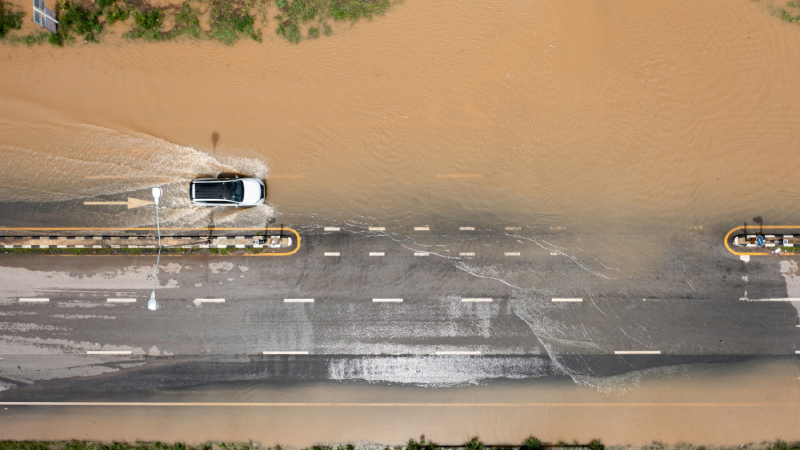By Tarek Sultan
Vice Chairman, Agility
There can’t be a time in human memory when travel, shipping, trade and commerce have been jolted as badly by severe weather and extreme climate events as in recent months.
In China this past summer, scorching heat forced power cuts and factory shutdowns. Apple, Foxconn, Toyota, Volkswagen, Tesla and others suspended operations, cancelled orders or took other emergency measures.
Low water on the Rhine River crippled German barge shipments as Europe experienced its worst drought in 500 years. In the United States, water levels fell so low along the Mississippi River and tributaries that farmers and others were left without routes to market for agricultural and industrial goods as barges were grounded, blocked and delayed. Dry weather and snarled transport are expected to push U.S. wheat exports to their lowest levels in 50 years.
Punishing climate-related events contributed to India’s decision to ban rice exports and caused the destruction of much of Spain’s olive crop. Historic floods left 7 million people homeless in Pakistan and displaced 1.4 million in Nigeria overnight.
“Climate change and the extreme weather it spawns are making it harder for tangled supply chains to sync up with a slowing global economy,” Bloomberg says.
At some point, post-COVID supply chains may come back into some sort of equilibrium, but don’t expect an end to ruinous climate events. This past summer was the second-warmest on record for the Northern Hemisphere. The world has not experienced a cooler-than-average year, compared with the 20th century average, since 1976.
Axios reports that a climate migration has begun. It says a number of manufacturers, hospitals, airlines and other businesses are looking to put critical infrastructure and operations on higher ground to avoid coastal flooding and storms.
“Companies large and small, some with longtime roots in their neighborhoods, are on the hunt for new real estate that is less prone to weather and climate extremes,” Axios says.
Skeptics, of course, are vocal as ever. Some warn that climate policy is the real threat. “Anyone who still thinks climate change is a greater threat than climate policy to financial stability deserves to be exiled to a peat-burning yurt in the wilderness,” one wrote recently.
Hardly. Instead, it would be foolish not to be giving serious scrutiny to your business and any vulnerability it might have to climate extremes. Some questions to ask as you do:
- Do you need to “harden” buildings and infrastructure? Do you need a new home for essential operations in order to safeguard against flooding, high winds, catastrophic storms, rising sea levels or drought-driven fires?
- Are you too water-dependent? Do you rely too much on hydropower or on inland river transportation? What’s your backup?
- Are extreme high temperatures putting employees at risk? How are you safeguarding them? What about your vehicles, equipment, raw materials and finished products?
- How well do you truly understand your supply chain? Have you mapped your T1, T2 and T3 suppliers? Do you know where they get their inputs? How vulnerable are your sourcing and transport? Do you have built-in redundancy?
- Do you have a handle on carbon taxes? Do you know where you might face the prospect of higher taxes simply by moving the same goods across the same borders? Or where carbon taxes could come into play when you are sourcing from and selling into new markets?
- What if you have to move? Can you afford to shift locations of key operations? Do you have a new location in mind? Can you find the right employees there? What kind of reputational damage would you face if you left or shrunk your footprint in a community where you have roots?
- What’s your plan if suppliers or carriers negate agreements through force majeure?
Finally, are you committed to change? Are you all-in on the battle to reduce emissions and work toward a safer, cleaner, greener world?
